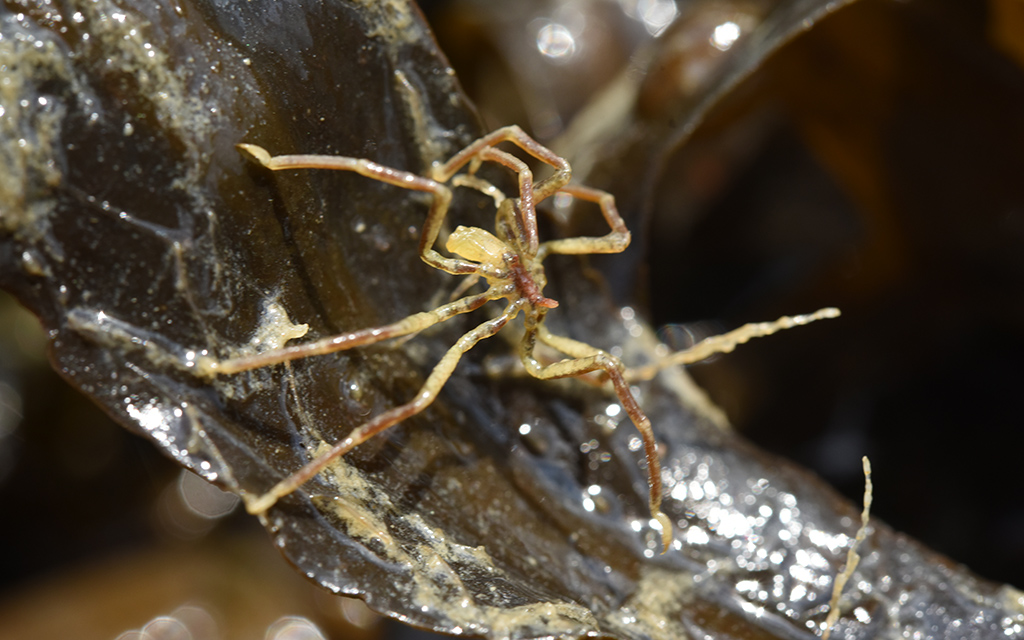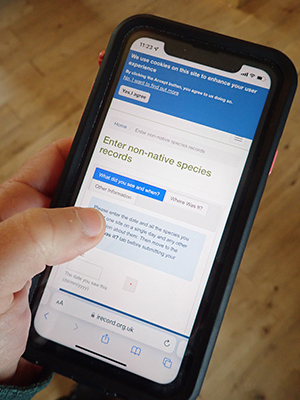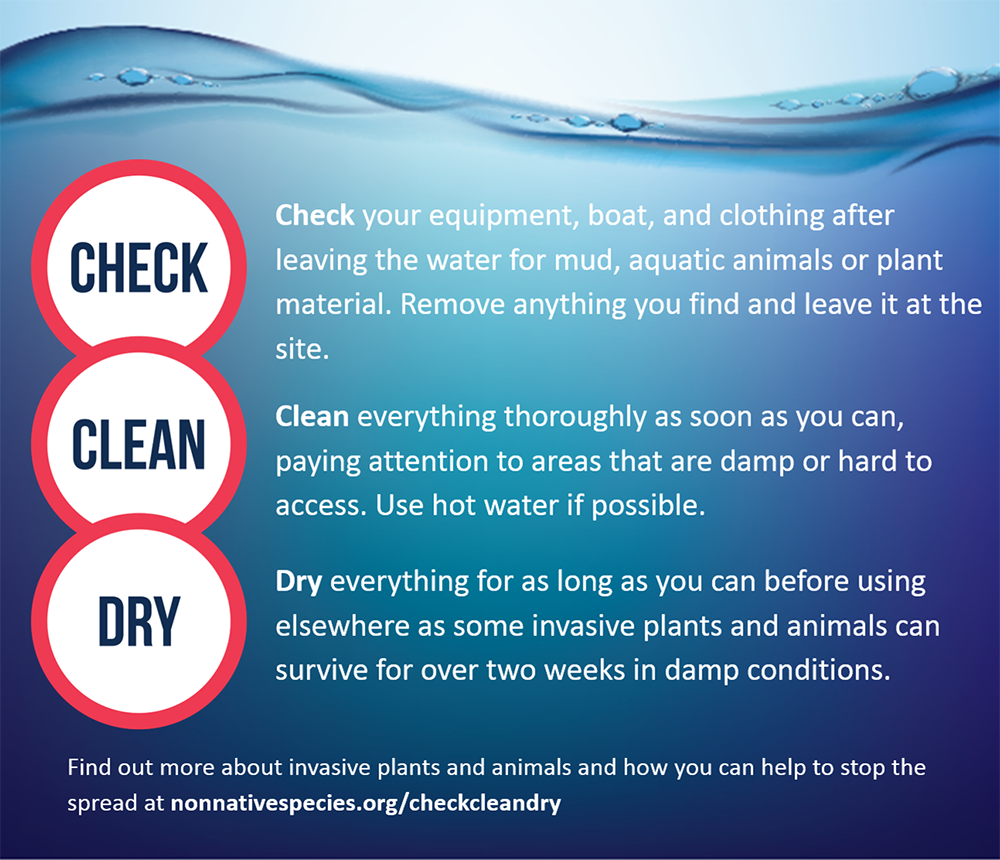
BSAC is using Invasive and Non-Native Species Week (12-18 May) to flag opportunities for all divers and snorkellers to learn more about these environmental threats, highlighting efforts to monitor, document, and mitigate their impact. Alison Mayor of Southsea Sub-Aqua Club reports.
The organisation is also taking the opportunity to highlight some of the impressive work being done by branches to record and address invasive species.

One of the BSAC initiatives to raise awareness of this challenge is Project Portunus, a citizen science project led by the Nautical Archaeology Sub-Aqua Club with support from members of Southsea Sub-Aqua Club.
The waters around the UK are an ecological treasure, home to thriving marine life, diverse seabird populations, and underwater landscapes shaped by centuries of maritime history. But beneath its surface lies a growing challenge: Invasive and Non-Native Species (INNS) – organisms introduced from outside the region that disrupt natural ecosystems and threaten native biodiversity.
 Named after the Roman god of harbours, Portunus divers have been recording habitats and species in Langstone and Chichester Harbours to establish a baseline of species for future monitoring. Over 100 marine species have so far been identified including 17 Non-Native Species. Habitats and species are being reported using Seasearch and iNaturalistUK.
Named after the Roman god of harbours, Portunus divers have been recording habitats and species in Langstone and Chichester Harbours to establish a baseline of species for future monitoring. Over 100 marine species have so far been identified including 17 Non-Native Species. Habitats and species are being reported using Seasearch and iNaturalistUK.
Portunus project divers unearthed a striking example of the spread of non-native species and their ability to completely alter marine habitats. The divers recorded two large pacific oyster reefs which have transformed the habitat from mud/silt and shingle seabed to one that looks more like the surface of another planet. The largest they found measuring almost 30m long! The Pacific Oyster was introduced to the UK for aquaculture and has spread widely along the south coast but has played a large part in declining stocks of the Native Oyster across the UK. We would like to know if you have also seen large incursions of Pacific Oysters in your dive spots. Maybe you have been lucky enough to spot a Native Oyster or would like to find out how to tell the difference, then check out Operation Oyster.
Portunus has also recorded the rarer Red ripple bryosan, Watersipora subatra and a suspected Pacific brown-banded sea-spider (Ammothea hilgendorfi). You can see all of the project’s records, along with an excellent example of how to use iNaturalist to record species records here.
In addition to reporting Invasive Non-Native Species, the diving community can help reduce the risk of spreading Invasive species by following the Check, Clean and Dry’ code for both personal equipment and boats.
Help identify invasive species
Does your branch find or record invasive species? We would like to build up a picture of how many divers are seeing these species and what records are being collected. Let us know by emailing environmentchair@bsac.com




